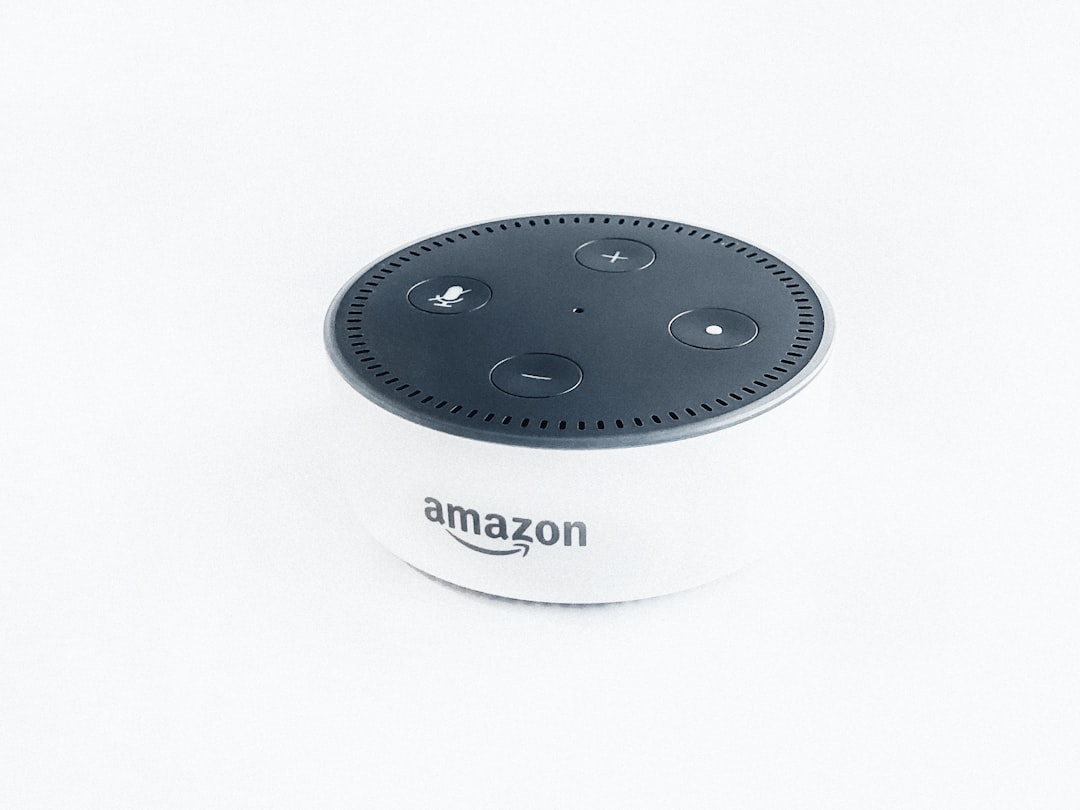For businesses selling on the Amazon marketplace, efficient integration with Amazon Seller Central can mean the difference between smooth operations and overwhelming complexity. Whether you’re managing fulfillment, inventory, product listings, or real-time order data, seamless synchronization through reliable tools can help you stay competitive. But what if you could unlock real-time data sync without writing a single line of code? In today’s dynamic eCommerce landscape, that’s not just possible — it’s becoming essential.
Why Amazon Seller Central Integration Matters
Amazon Seller Central is the primary hub through which sellers manage their products, shipping, and customer interactions. However, without proper integration with other business systems like ERPs, CRMs, or inventory platforms, sellers may face:
- Data silos that lead to outdated inventory or pricing information
- Manual processes that consume time and are error-prone
- Disconnected workflows between fulfillment and customer communication
This is where real-time integration becomes a game-changer, reducing costs and increasing efficiency across the board.
Real-Time Sync: What It Means for Amazon Sellers
Real-time data synchronization ensures that every action taken—be it updating a product detail, adjusting quantity, or processing an order—is instantly reflected across all integrated systems. This brings significant benefits:
- Improved Inventory Management: Avoid overselling or stockouts by syncing inventory data with your supply chain or warehouse software.
- Faster Order Fulfillment: Orders received on Amazon can trigger immediate actions in your fulfillment system, reducing shipping delays.
- Enhanced Customer Satisfaction: With accurate and timely updates, customers are kept in the loop on their orders, returns, and shipping status.

No-Code Integration Platforms: A Seller’s Best Friend
Thanks to no-code platforms, integrating Amazon Seller Central with other systems no longer requires a developer or a tech-savvy team. These platforms use intuitive visual interfaces to set up and automate workflows. Here are some features that make them invaluable:
- Pre-built Connectors: Instantly link Amazon with applications like Shopify, Netsuite, Salesforce, or QuickBooks.
- Drag-and-Drop Automation: Configure workflows visually without needing a programming background.
- Error Logs & Tracking: Easily pinpoint what went wrong, where, and how to fix it — all without touching code.

Choosing the Right Integration Tool
While there are many tools claiming to offer integration with Amazon Seller Central, it’s crucial to choose a tool that fits your business size, complexity, and growth plans.
Key considerations include:
- Scalability: Can the platform grow with your business and increasing order volume?
- Support & Documentation: Is there a readily available support team and in-depth knowledge base?
- Security & Compliance: Does the platform meet Amazon’s API usage guidelines and protect customer data?
Popular no-code integration platforms include Zapier, Integromat (Make), Celigo, and Automate.io, each offering different capabilities based on user needs.
Best Practices to Maximize Integration Benefits
Even with the right tools, successful integration relies on smart practices:
- Regular Monitoring: Schedule weekly checks to ensure syncing is consistent and accurate.
- Log Management: Set alerts for critical operational failures like missed orders or incorrect pricing updates.
- Optimize Workflows: Use integration to not only sync data but also route it smartly—like converting returns into restock updates or triggering marketing emails.
By mastering Amazon Seller Central integration through no-code solutions, sellers can dramatically streamline operations, reduce manual labor, and stay focused on growth strategies that matter.
FAQs
- Q: Do I need coding skills to integrate Amazon Seller Central?
- No, many no-code platforms allow you to set up integrations using drag-and-drop interfaces and pre-built workflows.
- Q: Can I sync data with platforms other than Amazon using the same tool?
- Absolutely. Most integration tools sync with multiple platforms like Shopify, eBay, accounting systems, CRMs, and fulfillment centers.
- Q: How secure is it to use third-party integrations with Amazon Seller Central?
- As long as you’re using verified, API-compliant tools with encryption and security protocols in place, it’s generally safe. Always review the tool’s data handling policies.
- Q: What if I need custom logic that no pre-set workflow fits?
- Many platforms offer advanced logic builders or custom scripting support within their no-code creation process, letting you cater to specialized needs.
- Q: Will automated syncing slow down my system?
- No, most modern platforms are cloud-based and built to handle high-volume syncing with minimal latency.
